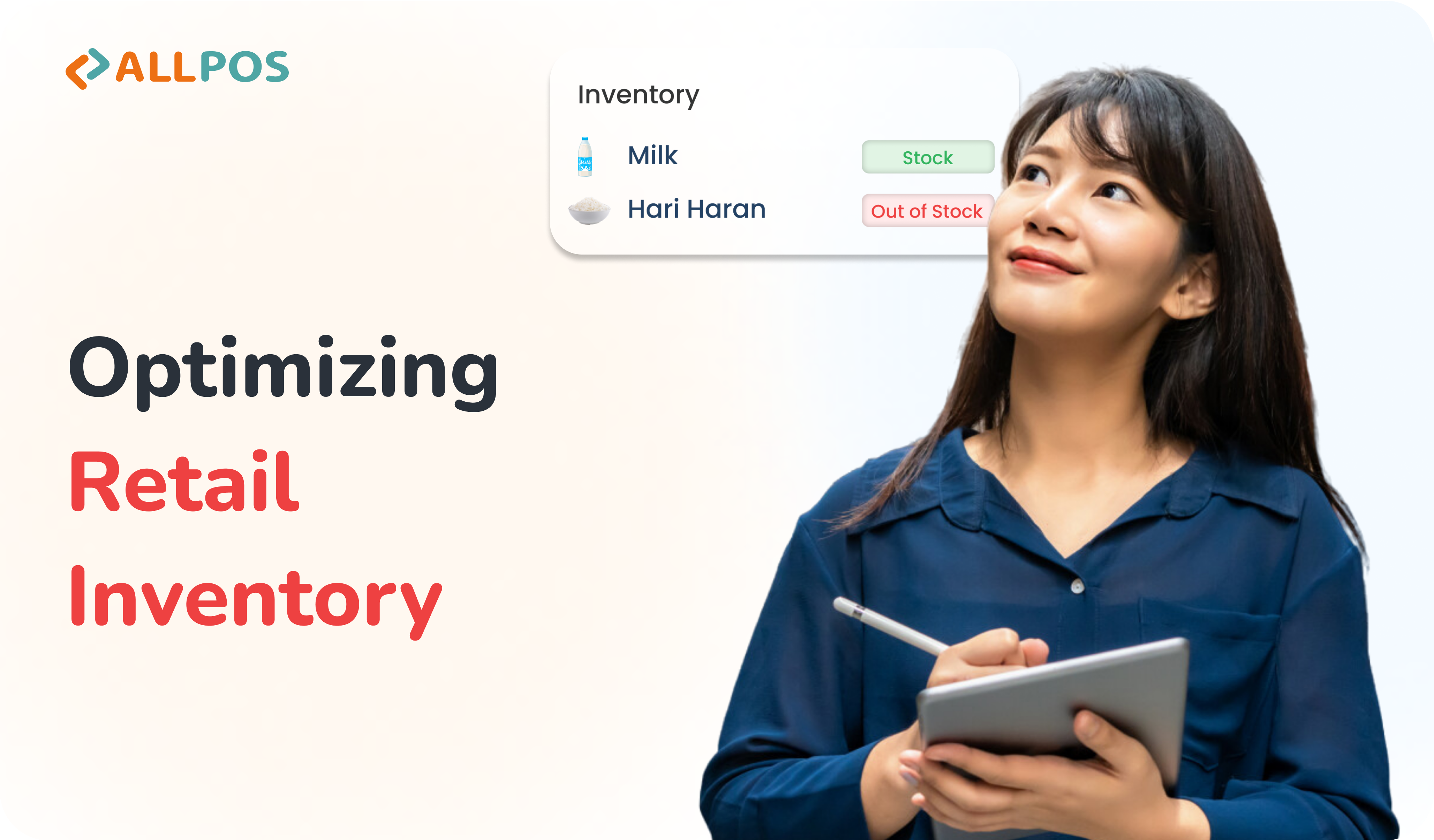Optimizing Retail Inventory Flow with FIFO in ALLPOS Retail ERP

In the dynamic landscape of retail inventory management, the strategic utilization of the FIFO (First-In-First-Out) method within the ALLPOS Retail ERP system emerges as a pivotal driver of operational excellence and financial acumen. This discourse delves into the transformative potential of FIFO within the ALLPOS Retail ERP ecosystem, elucidating its profound impact on inventory optimization, cost efficiency, and regulatory compliance.
Decoding FIFO's Impact on Retail Inventory Dynamics
At the core of efficient inventory control lies the FIFO methodology, a cornerstone principle dictating that the earliest acquired goods are the first to bedisbursed. In the retail domain, this principle translates into a meticulous approach where older inventory takes precedence over newer stock, fostering a seamless flow of goods and mitigating the risks associated with inventory obsolescence and financial inaccuracies.
Leverage the Power of FIFO for Retail Success in ALLPOS Retail ERP
Accurate Costing: FIFO ensures that the cost of goods sold reflects the actual cost of acquiring inventory, leading to more precise financial statements and profitability analysis.
Inventory Optimization: By selling older stock first, retailers can reduce the risk of holding excess inventory, improve turnover rates, and free up valuable storage space.
Compliance and Reporting: FIFO helps retailers comply with accounting standards and provides a clear audit trail for financial reporting, enhancing transparency and accountability.
Enhanced Customer Satisfaction: With FIFO, retailers can maintain fresher stock, reduce the likelihood of selling expired products, and meet customer demand more effectively.
Implementing FIFO in ALLPOS Retail ERP
Configuration: Set up FIFO as the default inventory costing method in the ALLPOS Retail ERP system to ensure consistency and accuracy in inventory valuation
Training: Provide training to staff on the importance of FIFO, how to identify older stock, and how to prioritize sales based on FIFO principles.
Monitoring and Adjustment: Regularly monitor inventory levels, review sales data, and adjust stock rotation strategies to optimize FIFO implementation and minimize wastage.
Integration with Purchasing: Integrate FIFO practices with purchasing processes to ensure that new stock is added to inventory in a way that aligns with FIFO principles.
Conclusion
In conclusion, implementing FIFO in ALLPOS Retail ERP can significantly improve retail inventory management practices by promoting cost accuracy, inventory optimization, compliance, and customer satisfaction. By understanding the principles of FIFO and integrating them effectively within the ERP system, retailers can streamline operations, reduce costs, and enhance overall business performance